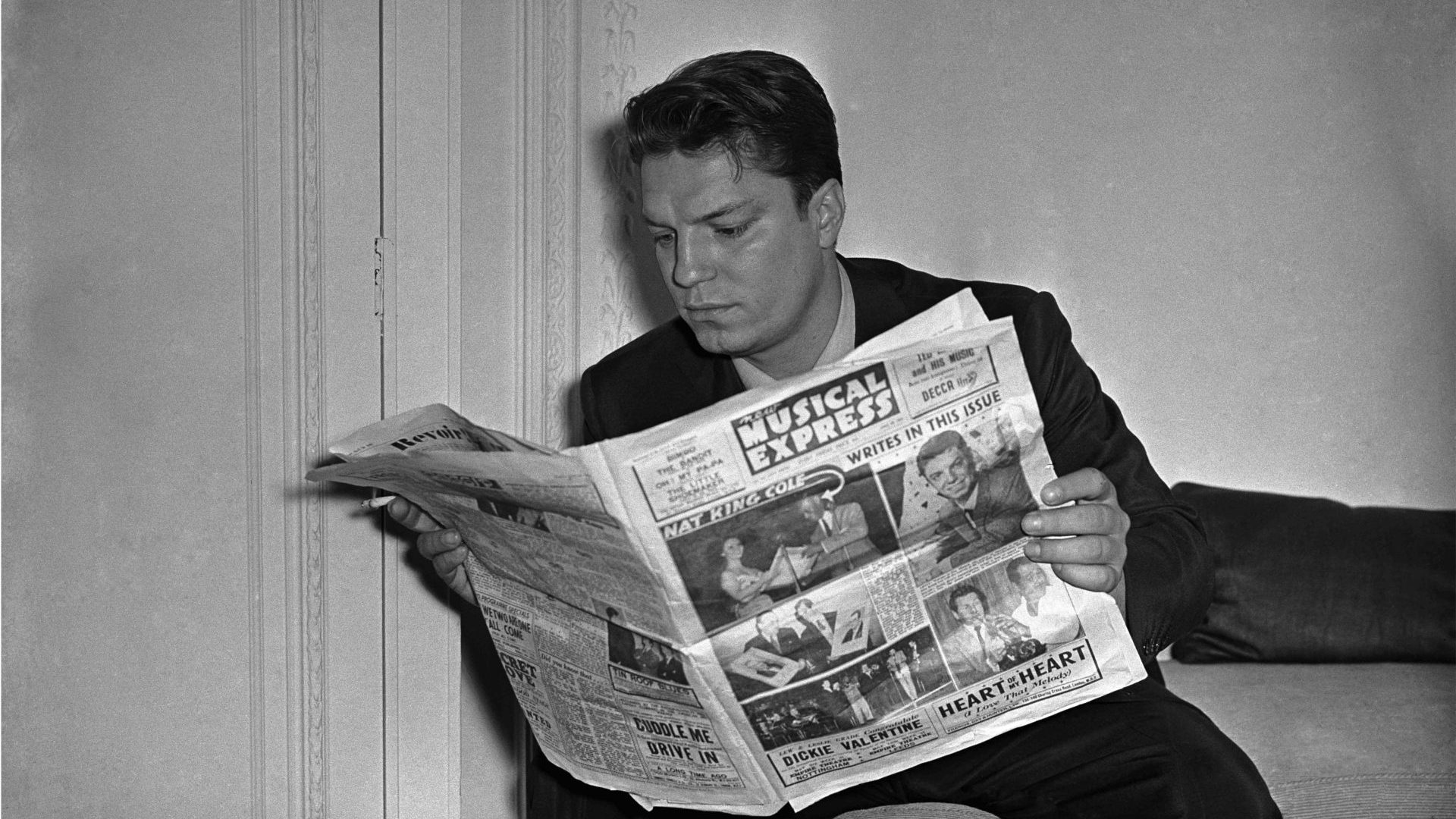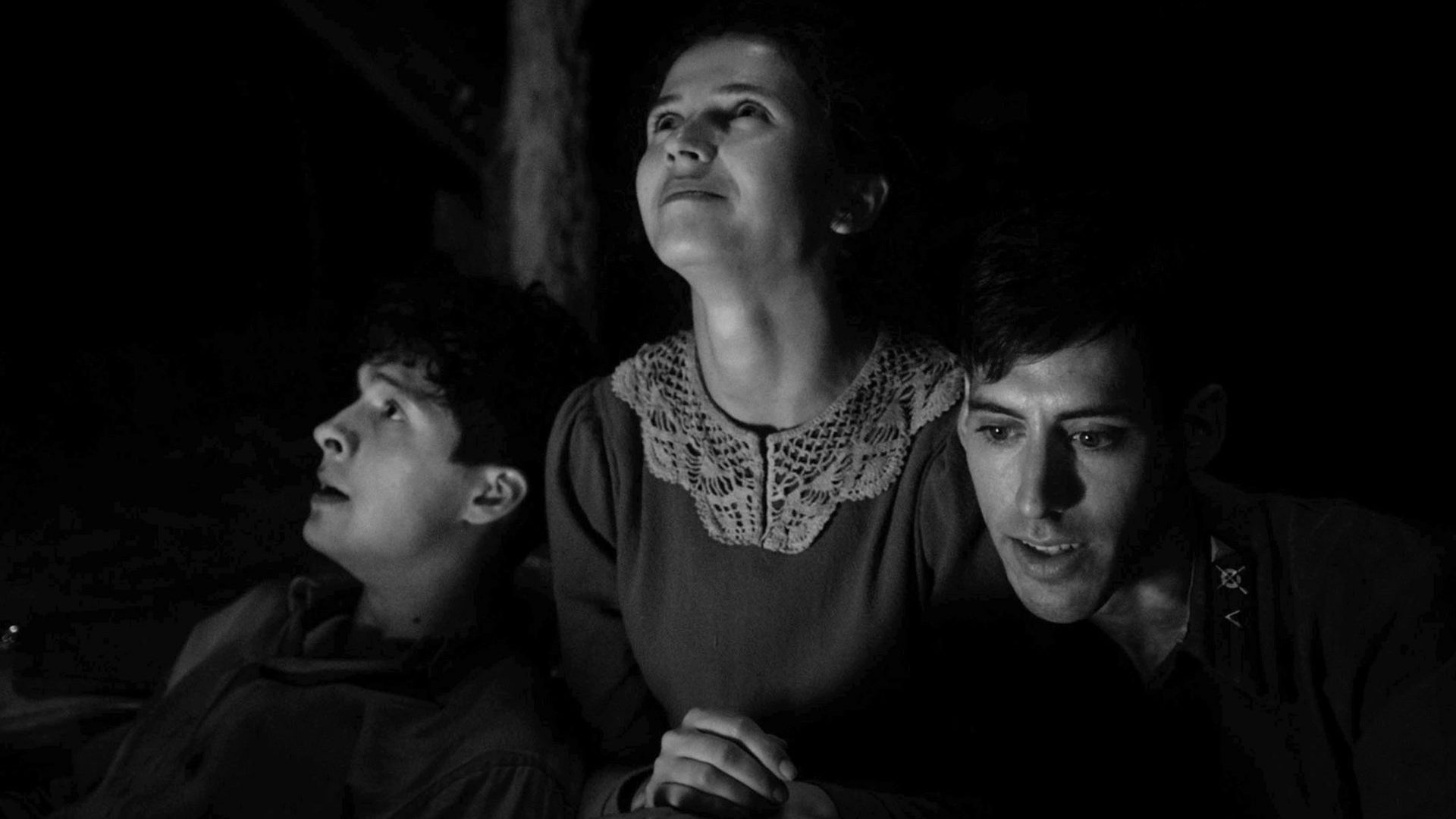In November 1952, Britain was torn between two ages. There was a new young queen, not yet crowned, and the hangover of a wartime prime minister. While the previous year’s Festival of Britain had showcased head-spinningly modern innovations, the Great Smog of December 1952 would soon make it clear that London was no futuristic metropolis.
Musically too, the future had not quite arrived. Over in the US, rock ’n’ roll was just bubbling under, but for now pop music was still far from synonymous with youth and hedonism.
When the New Musical Express, which had launched earlier that year out of the ashes of the positively antediluvian Accordion Times and Musical Express, published the first ever UK singles chart on November 14 1952 it was a list almost exclusively made up of middle-aged crooners and wholesome traditional pop singers. In a sign of Britain’s ongoing second world war time warp (tea had only just come off the ration, after all), Vera Lynn occupied no less than three chart places.
At the top of the chart was Italian-American crooner Al Martino’s Here in My Heart, which belonged to an era that put a premium on escapist glamour and dealt only in uncomplicated emotion.
But even if it was packed full of staid, if often rather beautiful, songs, the birth of the singles chart in fact signalled the future direction of British pop.
Billboard had published a Hit Parade as early as 1936, but the iconic Billboard Hot 100 singles chart would not arrive until 1958. As such, the NME’s Percy Dickins – saxophonist, former merchant seaman and father of the UK chart – was a visionary who dragged the British music industry into a new age.
In the early 1950s, the popularity of songs was still calculated by the Victorian method of sales of sheet music. Dickins hoped a chart based on sales of recordings instead would attract record companies to advertise in the paper, but he did not foresee how the chart would itself become a means of self-perpetuating publicity.
It was a simple operation to start with – Dickins rang around 20 or so record shops each week and totted up their top sellers. But the chart was such a success that rival Melody Maker started its own version, also licensing it for publication in the daily papers. By the end of the decade the singles chart had become part of the wider landscape of popular culture at a time when that landscape was becoming very exciting indeed, and the “chart position” would become a fixation of the industry and fans alike.
The Beatles were the first to show how the No 1 spot could be used as a hallmark of pop brilliance, racking up a record-breaking 10 consecutive No 1s in under six years. Elvis remains the all-time greatest UK chart topper, with 21 No 1s over almost half a century. His first, All Shook Up, stayed at the top for seven consecutive weeks in the summer of 1957, while his second, Jailhouse Rock (1958), was also the first single to debut at No 1. But the singles chart has also been about more ephemeral pop. That plastic pop punkers McFly and products of The X Factor, JLS – “classic” acts only if you are precisely the right age – have, respectively, had the same number of No 1s as Michael Jackson and U2 (seven), and David Bowie and the Bee Gees (five), indicates how the charts have captured fleeting moments in time.
Even the biggest-selling single of all time is now something of an anachronism. Very little streamed and never performed live, Elton John’s hastily repurposed Candle in the Wind sold 5m copies as the public bought the charity CD by the armful in that crazy summer of 1997.
Physical record sales would soon start their decline and the digital age has stripped the singles chart of some of its immediacy as old hits reappear again and again, even as streaming tricks like the drip-feeding of multiple versions of songs and the multi-artist collaboration have seen new chart records set.
It is fitting that the NOW #1s compilation released this week to mark the 70th anniversary is appearing on a good old-fashioned five-CD set – the golden age of the charts was also the golden age of the tangible record. That there is still an audience for the record you can hold in your hand in an era when almost every piece of recorded music is available at your fingertips suggests we are still as torn between two eras as we were seven decades ago.
UK CHART HISTORY IN FIVE SONGS
Al Martino, Here in My Heart (1952)
This lavishly orchestrated love song featured Martino giving a hugely overwrought vocal performance. It was the first ever UK No 1.
The Beatles, She Loves You (1963)
The singles chart comes of age as the Beatles start their record-breaking run of 10 consecutive No 1s, bookended by this single and June 1969’s The Ballad of John and Yoko.
Blur, Country House, Oasis, Roll With It (1995)
Despite both being mediocre, these two singles became the focus of the much-hyped ‘Battle of Britpop’ – a chart war for No 1 – in the summer of 1995. Blur won.
Girls Aloud, Sound of the Underground (2002)
With the 2000s reboot of TV talent contests, chart battles got a new purpose. Popstars: The Rivals made a race for Christmas No 1 the whole point of its format and the girl group resoundingly beat One True Voice.
Rage Against The Machine, Killing in the Name (2009)
With the previous four years’ Christmas No 1s taken by X Factor winners, an online campaign pushed Joe McElderry’s winner’s tune, The Climb, into second place behind this song, written in 1992.




